Shutting the gates of hell
It is literally hell on earth. The hundreds of wildfires that have raged across Canada over the last month have left a huge trail of destruction, making this the worst start to a wildfire season ever and 2023 the fourth worst year in terms of burned area in the last 40 years.
On Thursday (15), the Canadian Interagency Forest Fire Centre reported 449 active fires (219 Out of Control, 99 Being Held and 131 Under Control), with Quebec being the most affected region.
Up to that day, there were about 54,000 km2 of burned area—to give you an idea of the immensity of this number, Croatia is 56,538 km2—, about 17 times more than the annual average of the last 10 years. This was the week with the most active fires since the beginning of 2023.
It is another episode of terror in a country that is warming up faster than the planet’s average and that has been the scene, in recent years, of extreme weather phenomena.
Meanwhile, help has come from all over the world: this Wednesday (14) Portugal sent a joint operational force—consisting of a total of 140 operatives, including elements of the Civil Protection, GNR (Guarda Nacional Republicana) and firefighters from the Center region and Madeira—to help fight the forest fires raging in Canada. The United States, Spain, France, South Africa, Australia, and New Zealand have also joined in this fight.
David L. Martell is a Professor Emeritus of forest fire management in the Graduate Department of Forestry in the John H Daniels Faculty of Architecture, Landscape & Design, University of Toronto and it was with him that our newspaper talked to try to understand what might explain this abnormal situation and what can be done not only to control it but also to prevent the scenario from happening again in the future.
Milénio Stadium: What could be at the root of the spread and difficulty in controlling these fires? Has something failed (or is it still failing)?
Prof. David Martell: Forest fire behaviour – spread rate and intensity, are determined by many factors, three of which are the vegetation that is burning (which forest fire specialists refer to as “fuel”), its moisture content or dryness, and weather (particularly the wind speed, temperature and relative humidity). Some fuels (e.g., dead grass, dead pine needles and coniferous trees such as pine and spruce trees) burn much more readily than others (e.g., green grass and maple trees).
The faster and more intensely a fire burns, the more difficult it is to control.
Many of the fires that have been occurring in Canada this year have been burning coniferous trees in the boreal forest region of northern Canada.
Rainfall deficits made the forest dry and easy to ignite and strong winds, high temperatures and low relative humidity’s resulted in many fast spreading intense fires that were very difficult to control and that is why more fires than usual escaped initial attack by fire fighters and became large destructive fires.
MS: The Minister of Public Safety, François Bonnardel, even predicted that these historical wildfires might even last all summer: could this really be the reality?
PDM: A forest fire proceeds through several control stages from Not Under Control (NUC) when it is first discovered to Being Held (BHE) when it has been contained by fire fighters and it is not expected to continue spreading given the suppression resources available, the status of the control lines and the forecast weather, to Under Control (UCO) if the fire fighters don’t expect it will resume spreading again and OUT once it has been completely extinguished.
Fires fighters do not usually attempt to completely extinguish all parts of the interior of very large fires because it is very expensive to do so and it is really not necessary. They focus their efforts on the edge of the fire and work their way towards the center, extinguishing smouldering embers and potential sources of firebrands that the wind might carry outside the burn to ignite new “jump” fires outside their control lines.
Once they are sure they have extinguished all the hot spots that might produce burning embers that might ignite new jump fires outside the main fire, they release many of the fire fighters so they can be deployed for initial attack on new fires and thereby reduce the total number of fires that escape initial attack to become large destructive wildfires. The small number of fire fighters that remain patrol the large UCO fires and extinguish any hot spots that do appear. In some cases, very large UCO fires are monitored and not formally declared OUT for weeks and in some cases, in the far north, until late Fall.
MS: International assistance has not been slow in coming, and several countries, including Portugal, have already announced the mobilization of resources to help fight the fires – has this help proven to be sufficient?
PDM: I don’t know – best to ask that question of the provincial and territorial wildfire management agencies.
MS: This unusual situation has led some politicians to defend the creation of a national firefighting service: do you agree that this would be a good solution?
PDM: I do not agree that would be a good solution.
In Canada, provincial governments have constitutional authority for forest management and forest fire management is the responsibility of provincial and territorial governments, with the exception of national parks and military bases.
The federal government supports the provincial governments in many very important ways, some examples of which are helping support the Canadian Interagency Forest Fire Centre (CIFFC) in Winnipeg which facilitates the sharing of fire management resources between Canadian provinces and territories and borrowing resources from other countries, carrying out wildfire research and providing military support to provinces that request it.
Public Safety Canada “provides financial assistance to provincial and territorial governments through the Disaster Financial Assistance Arrangements (DFAA), in the event of a large-scale natural disaster where response and recovery costs exceed what individual provinces and territories could reasonably be expected to bear on their own” (https://www.publicsafety.gc.ca/cnt/mrgnc-mngmnt/index-en.aspx ), and that is of course, very important.
But I believe the federal government should leave wildfire management to the provincial and territorial governments that are responsible for and experienced at managing wildfires.
MS: What more can be done – by both citizens and government entities – to avoid similar situations in the future?
PDM: Roughly 38% of the forest fires that occur in Ontario are caused by lightning. The remaining 62% are caused by people.
One very important thing that people can do is not to light campfires when they are in a Restricted Fire Zone where campfires are prohibited, take care to extinguish campfires when and where they are allowed, and take care not to accidently start fires from smoking materials.
They should also quickly report any fires they do find while travelling through forested areas.
In northern Ontario (north of the French and Mattawa Rivers) call 310-FIRE (3473).
In southern Ontario, call 911. Provincial and territorial governments should hire and train more fire fighters and increase their salaries.
Many fire fighters are only hired for the fire season and I believe provincial forest fire management organizations should create more full time positions that would allow them to hire more staff for the entire year rather than just the fire season.
Inês Barbosa/MS

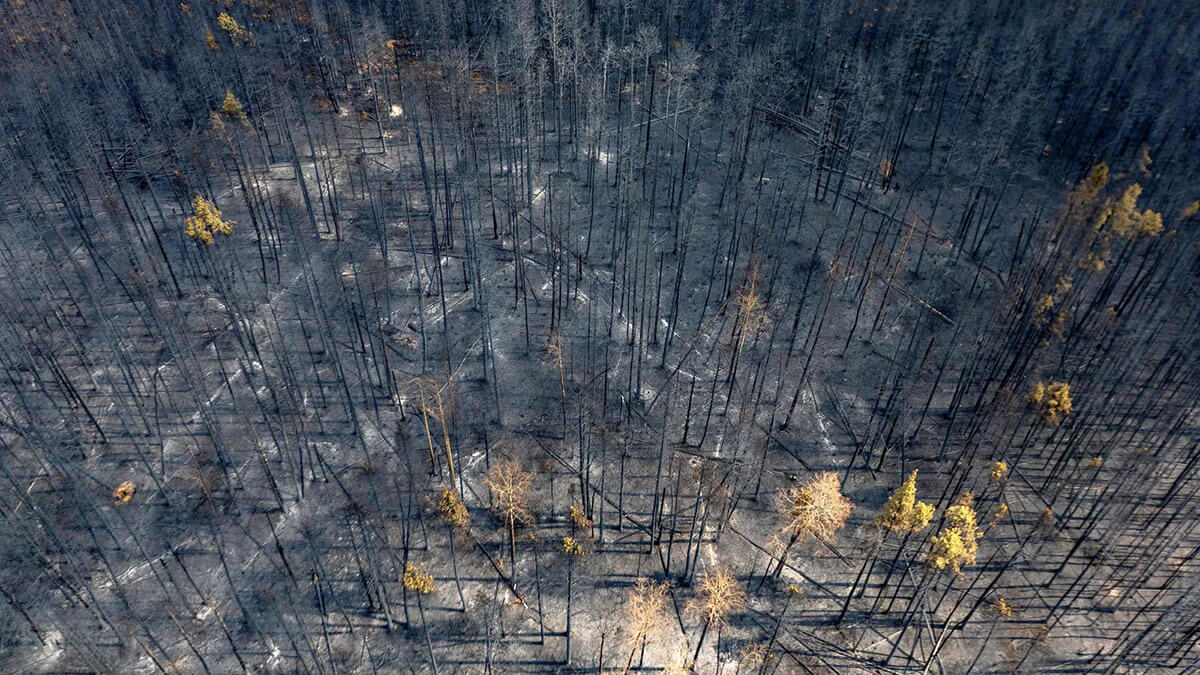

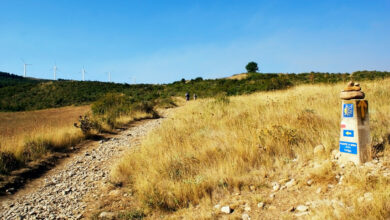
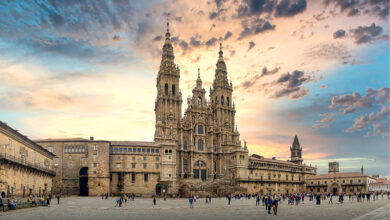
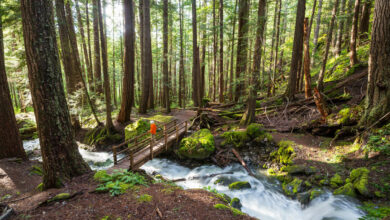


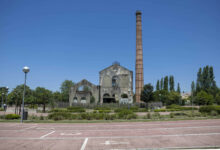
Redes Sociais - Comentários